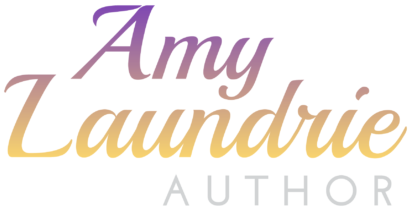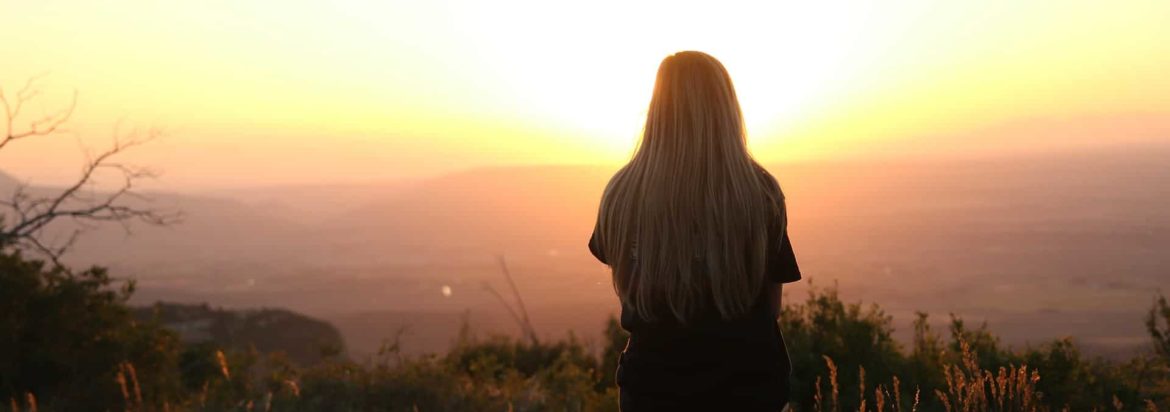“The tooth must be extracted,” my dentist said, “and because of how the roots are way up in the sinuses and its location, it will be complicated. I’m referring you to the oral surgeon.”
I was in pain and when I called to make the appointment, I couldn’t get in for several weeks. I wanted to get this done and get on with my life.
I didn’t sleep well the night before the extraction. The word “complicated” kept haunting me. A friend of mine had an oral surgeon remove a tooth and ended up with a broken jaw. Another friend told the horror story of an extraction. The tooth cracked and needed to come out in pieces.
The surgeon greeted me in the dental chair after the assistant and I had visited. He briefed me on the procedure and gave me the shots to numb the area around my sore tooth. “I heard you talking about being an author,” he said. “My aunt published a memoir about surviving their first winter in a remote Minnesota cabin.” He smiled. “I’ll let these shots take effect. Be back in a few minutes.”
I lay back and thought of some of my favorite survival stories. I had recently read Kristin Hannah’s The Great Alone, a story of a dysfunctional family trying to survive in rural Alaska. Another favorite is Hatchet, a children’s book by Gary Paulsen. I’m currently reading Jean Craighead George’s My Side of the Mountain with my grandson, a book I had first enjoyed when I was in my 20s. It’s about survivalist, Sam Gribley, twelve years old, who hollows out the insides of a giant hemlock and turns it into his home. My grandson and I are enjoying the book since Jean Craighead George is the kind of storyteller that transports the reader so they’re living the experience.
I’m transported back to the present when the surgeon returns. He checks that I’m numb and tucks cotton in my cheek. “Yes,” he continues with his story, “my aunt and uncle, immigrants, needed firewood to survive the upcoming winter. They also wanted to plant crops, so they hired a couple of old loggers who owned a sawmill to clear the land.”
He used some kind of tool to wiggle on my tooth. “These old loggers were real characters, up in their 70s. They worked for low wages but mainly for my aunt’s home-cooked meals.” I pictured a spread of roast pork, mashed potatoes, green beans, and hot apple pie. “My aunt tells how much she enjoyed those mealtime conversations when the loggers told stories about the old days.”
The surgeon wiggled the tooth some more. I wanted to tell him about my Norwegian great-grandmother, who also had to struggle to survive while homesteading with her husband in Pulaski. Their one valuable possession was a pig. When a hungry bear lumbered toward it—“a little pressure here,” the surgeon said—my great-grandmother grabbed a stick and thrashed it. The bear might have sensed her desperation because he turned and ran away.
I felt a kind of pop but was more focused on the image of a triumphant woman, a safe pig, and a retreating bear.
“All done,” the surgeon said.
Wait! What? I blinked.
Where had I been?
I’d been remembering some favorite books, eating warm apple pie while loggers entertained me with stories, and imagining my relative defending her only pig from a bear.
The stunning power of stories.


5 Replies to “The Power of Story”
This is one of your best, Amy! Truly demonstrates how good writing can transport us. Well done!
Thank you, Gayle. I do hope that I can transport my readers and allow them to live more than one life.
Very interesting and insightful story! We’ll written!
Thank you, Amy!…❤️🙏
Thanks for reading, Bill, and for your comment. I hope our paths cross again soon.
Amy, I could feel your pain here! I could relate to that dialogue that goes on in your head when you’re in the chair. I didn’t know about defending the pig.